A nurse is a medical professional responsible for medical procedures, safety and recovery of patients from acute and chronic health issues. An in-home nurse is all that and more, in that he or she cares for you in your home, integrating him or herself into your family.
Nursing
WHEN DO YOU NEED US?
Vital Monitoring
Vital signs (often shortened to just vitals) are a group of the 4 to 6 most important signs that indicate the status of the body’s vital (life-sustaining) functions. These measurements are taken to help assess the general physical health of a person, give clues to possible diseases.
Medication
Medications can play a role in treating several mental disorders and conditions. Treatment may also include psychotherapy (also called “talk therapy”) and brain stimulation therapies (less common). In some cases, psychotherapy alone may be the best treatment option.
Physical Examination
Physiotherapy evaluation and examination is a very important process in physiotherapy practice. You become a detective of some sort. It becomes a skill that is sharpened as you see more people requiring physiotherapy evaluation and treatments.
Nursing care
Foot care
Nail, hand, and foot care is performed on a regular basis to assess for lesions, dryness, and signs of infection. This is especially essential for patients who have peripheral vascular disease or diabetes mellitus and for patients with immunosuppression or who are otherwise at higher risk for developing foot and nail problems. You’ll perform nail, hand, and foot care during bathing. Soak the patient’s hands and feet in a basin of water for a short period of time while performing other hygiene procedures and then wash the hands and feet with soap and water. When drying the hands and feet, be sure to dry between each finger and each toe.
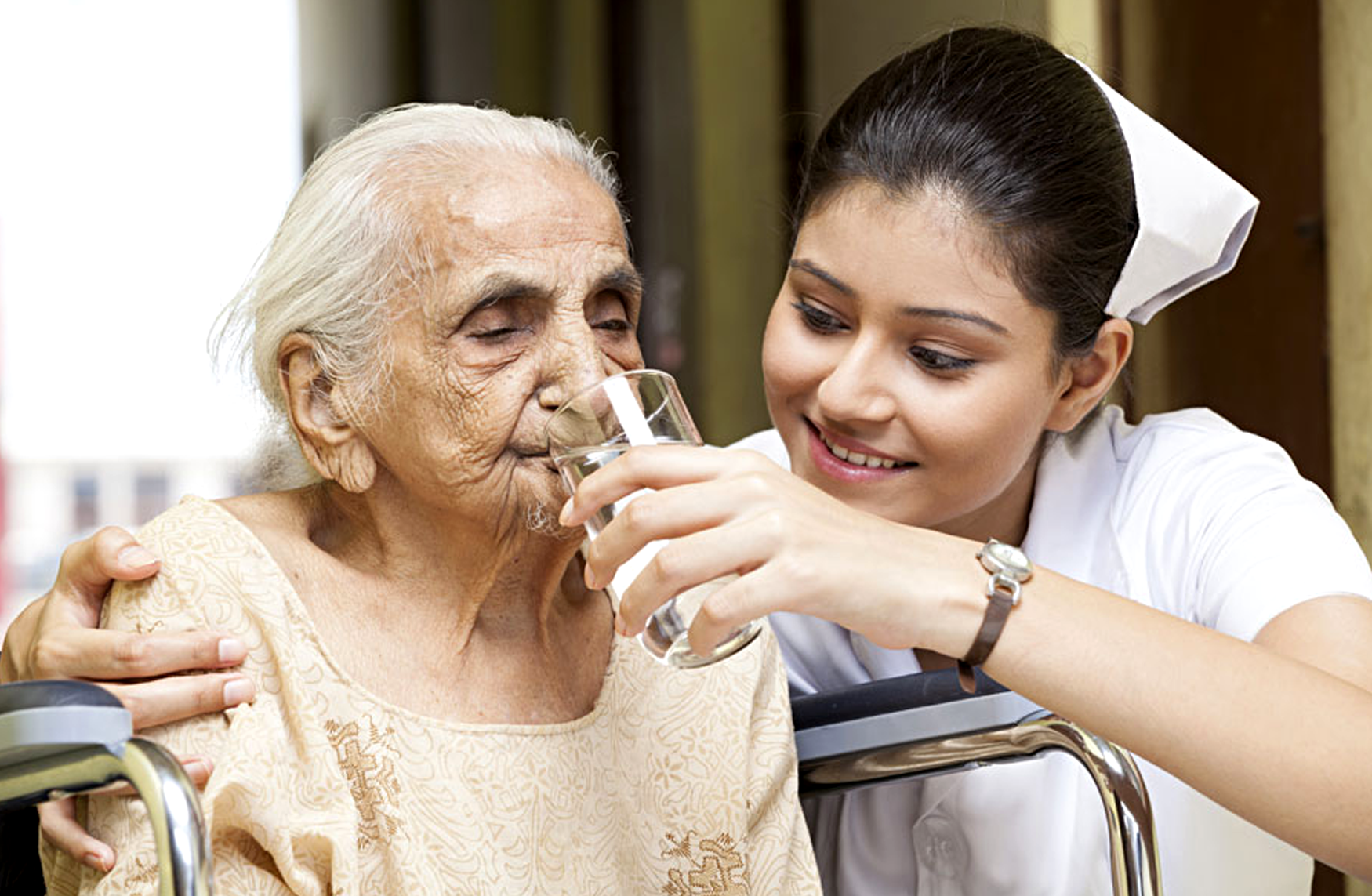

Hair care
General
A patient’s hair should be combed daily. In addition, other care is necessary to enhance morale, stimulate circulation of the scalp, and prevent tangled, matted hair.
Daily Care
Encourage the patient to rub his scalp with fingertips to stimulate circulation. Comb hair in a becoming style. To assist a patient to comb matted and tangled hair, first comb the ends and progress toward the scalp. Hold the lock of hair being combed between the scalp and the comb to avoid pulling.
Hair Cutting
Barber service is provided in most service hospitals. The barber makes regular rounds on the nursing unit or comes by appointment. The patient receiving the service pays the fee directly to the barber. Occasionally, hairdresser service can be arranged for patients on the unit. Ambulatory patients go to the barber shop or beauty parlor, if the medical officer approves.
Shampoo
The patient confined to bed will require a cleansing shampoo at least every two weeks. With the approval of the medical officer, plan the shampoo for a time when the patient feels rested and has no conflicting treatments or appointments. If the patient can be moved to a stretcher, do so and take him to a convenient sink. If this is not possible, do the shampoo in bed.
General treatment of nonhealing wounds
Assess the entire patient
Successful treatment of difficult wounds requires assessment of the entire patient and not just the wound. Systemic problems often impair wound healing; conversely, nonhealing wounds may herald systemic pathology.
Consider the negative effects of endocrine diseases (eg, diabetes, hypothyroidism), hematologic conditions (eg, anemia, polycythemia, myeloproliferative disorders), cardiopulmonary problems (eg, chronic obstructive pulmonary disease, congestive heart failure), GI problems that cause malnutrition and vitamin deficiencies, obesity, and peripheral vascular pathology (eg, atherosclerotic disease, chronic venous insufficiency, lymphedema).
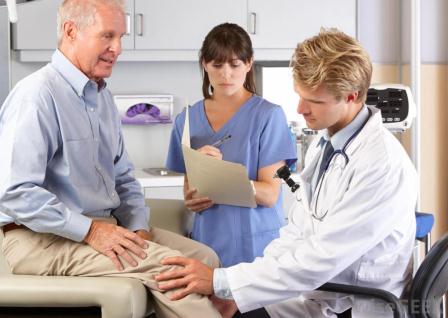

Characterize the wound
Assess the following: (1) size and depth of involvement and the extent of undermining, (2) the appearance of the wound surface—is it necrotic or viable, (3) amount and characteristic(s) of wound exudate, and (4) status of the periwound tissues (eg, pigmented, scarred, atrophic, cellulitic).
Ensure adequate oxygenation
The usual reason for inadequate tissue oxygenation is local vasoconstriction as a result of sympathetic overactivity. This may occur because of blood volume deficit, unrelieved pain, or hypothermia, especially involving the distal extent of the extremities.
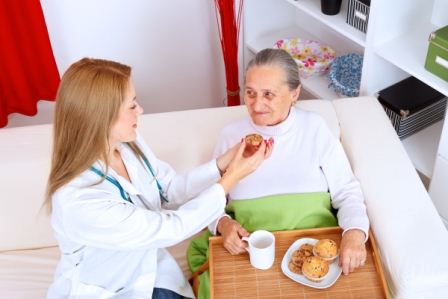

Ensure adequate nutrition
Adequate nutrition is an often-overlooked requirement for normal wound healing.[25] Address protein-calorie malnutrition and deficiencies of vitamins and minerals.
Inadequate protein-calorie nutrition, even after just a few days of starvation, can impair normal wound-healing mechanisms. For healthy adults, daily nutritional requirements are approximately 1.25-1.5 g of protein per kilogram of body weight and 25-30 calories/kg. These requirements can increase, however, for patients with sizeable wounds.
Suspect malnutrition in patients with chronic illnesses, inadequate societal support, multisystemic trauma, or GI or neurologic problems that may impair oral intake. Protein deficiency occurs in approximately 25% of all hospitalized patients. Oftentimes, a thorough physical examination can reveal signs of malnutrition, such as temporal wasting, loss of subcutaneous fat, ankle/sacral edema, pronounced clavicles.
Treat underlying infection
Issues to consider are wound infection versus colonization and osteomyelitis.
A positive wound culture does not confirm a wound infection. Opportunistic microorganisms may colonize any wound. Wound exudate, which is naturally bactericidal, inhibits the spread of surface contamination from becoming a deep wound infection. However, when wound ischemia or systemic immune compromise supervenes, pathogenic microorganisms propagate until an excessive concentration of bacteria in the wound precludes healing. This heralds a true wound infection. Multidrug resistant organisms are becoming increasingly common.
Foul-smelling drainage, a spontaneously bleeding wound bed, flimsy friable tissue, increased levels of wound exudate, increasing pain, surrounding cellulitis, crepitus, necrosis, fasciitis, and regional lymphadenopathy characterize the infected wound.
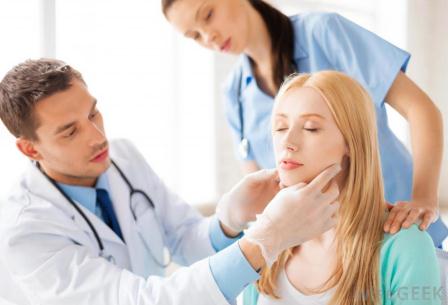

Dressing changes require clean but not necessarily sterile technique
Remove foreign bodies
Be attentive to the possibility of foreign bodies, which may prevent healing of traumatic wounds, including road debris and retained fragments of dressing materials or suture material.
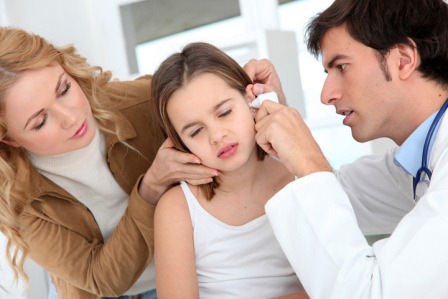

Irrigate
Gently irrigate the wound with a physiologic saline solution. If cost is a major consideration, the patient can prepare a saline solution at home by using 1 gallon of distilled water and 8 teaspoons of table salt. The solution is boiled and then cooled to room temperature before use.
If surface exudate is present, consider irrigation under pressure. An irrigation pressure of approximately 8 psi can be achieved with saline forced through a 19-gauge angiocatheter with a 35-mL syringe. Pat the wound surface with soft moist gauze; do not disrupt viable granulation tissue.
Whirlpool treatment is reserved for large and infected wounds.
Provide a moist (not wet) wound bed
After debridement, apply a moist saline dressing, an isotonic sodium chloride gel (eg, Normlgel [Scott Health Care], IntraSite gel), or a hydroactive paste (eg, DuoDerm [ConvaTec]). Optimal wound coverage requires wet-to-damp dressings, which support autolytic debridement, absorb exudate, and protect surrounding normal skin.
Designed By Designsvisions
